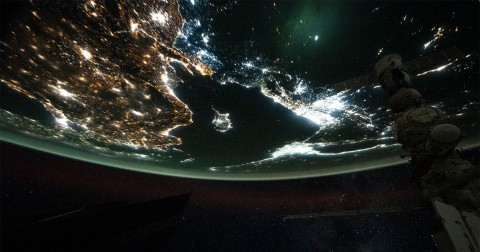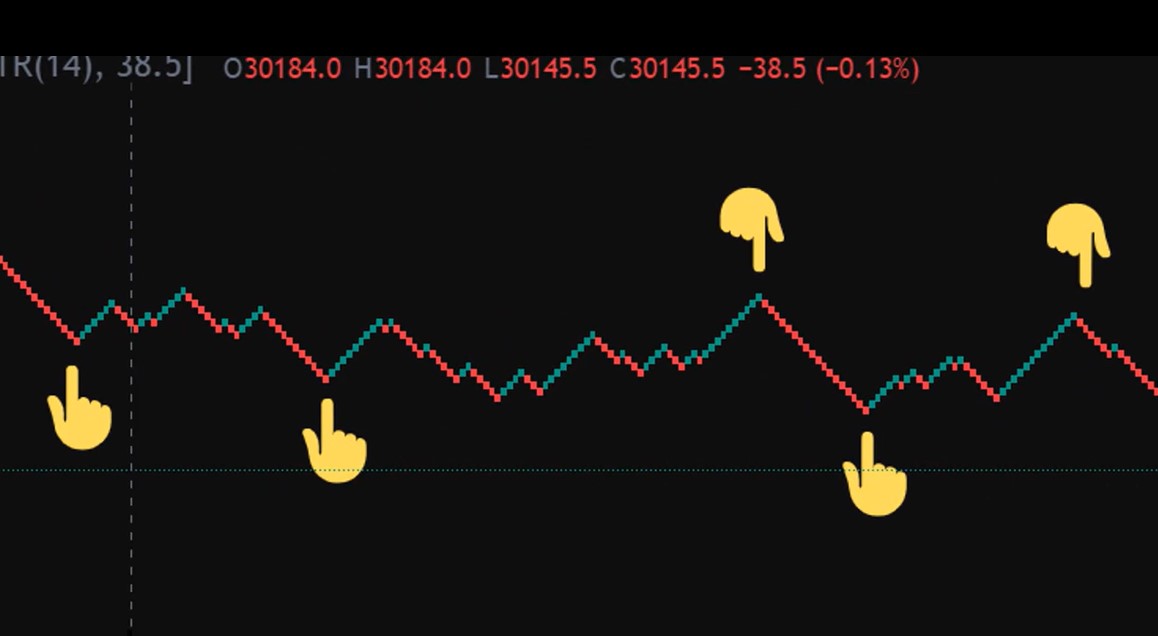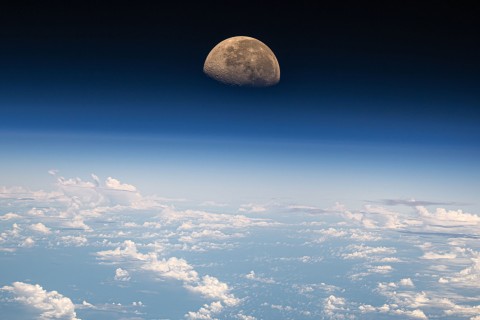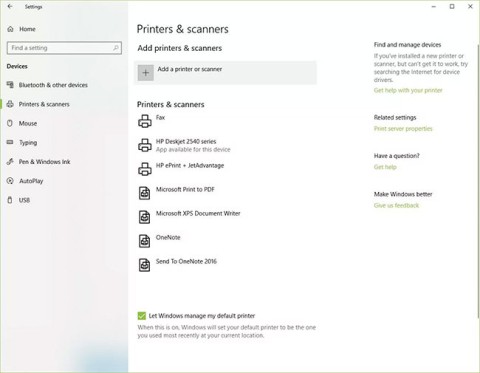Crew members on China’s Tiangong space station have successfully completed repairs after a piece of space debris collided with a solar panel, causing a partial power outage in a section of the station, the China Manned Space Administration (CMSA) announced at a press conference on April 24.
The investigation found that a piece of space debris accidentally collided with and severed the power cable connecting the solar panels of the core module. The Shenzhou-17 astronauts had to perform two spacewalks outside the Tiangong station this winter to repair the damage, the most recent of which occurred early last month. It is not yet clear whether the debris that damaged the Tiangong station came from micrometeorites or human activity.
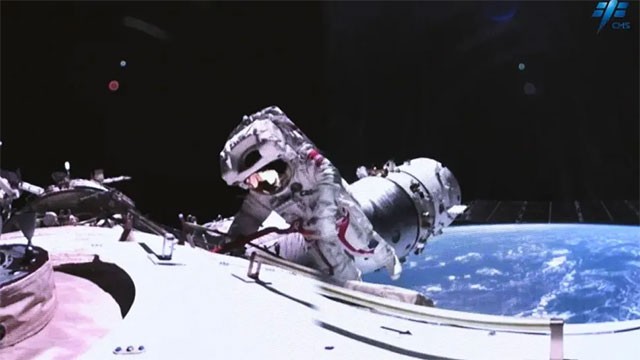
The Shenzhou-17 crew is scheduled to return to Earth on April 30, after completing the handover of station operations to the upcoming Shenzhou-18 crew.
CMSA officials say they are working to optimize their warning and collision avoidance procedures in space, with the goal of reducing the false alarm rate by at least 30 percent and promising to further improve that number in the future.
In a further measure to improve safety, the high-resolution camera on Tiangong's robotic arm, along with the handheld camera used by astronauts during spacewalks, will be used to carefully examine the station's exterior to assess any signs of a potential collision, as well as analyze the impact mechanism of small debris.
The Tiangong space station currently operates in low Earth orbit, between 340 and 450 km (210 and 280 mi) above the Earth's surface, where most of the dangerous space debris exists. The station has previously had to adjust its position several times to avoid collisions with dense floating space debris.
According to statistics from the National Aeronautics and Space Administration (NASA) in 2019, there are currently about 22,000 man-made objects orbiting the Earth, including active and decommissioned satellites, and countless fragments of old rockets that have been used in human space exploration over the past half century. Thus, not only do we litter the natural environment on the ground, we also leave behind a lot of "imprints of the civilized world" in outer space.
Another study conducted by NASA argued that 99% of all satellites currently in space need to be removed from Earth Orbit within a maximum of five years to ensure that the risk of a collision in low-Earth space remains at a safe level. However, the bigger problem is that if you can’t communicate with a satellite, it will be very difficult to control and remove it from Earth Orbit.
